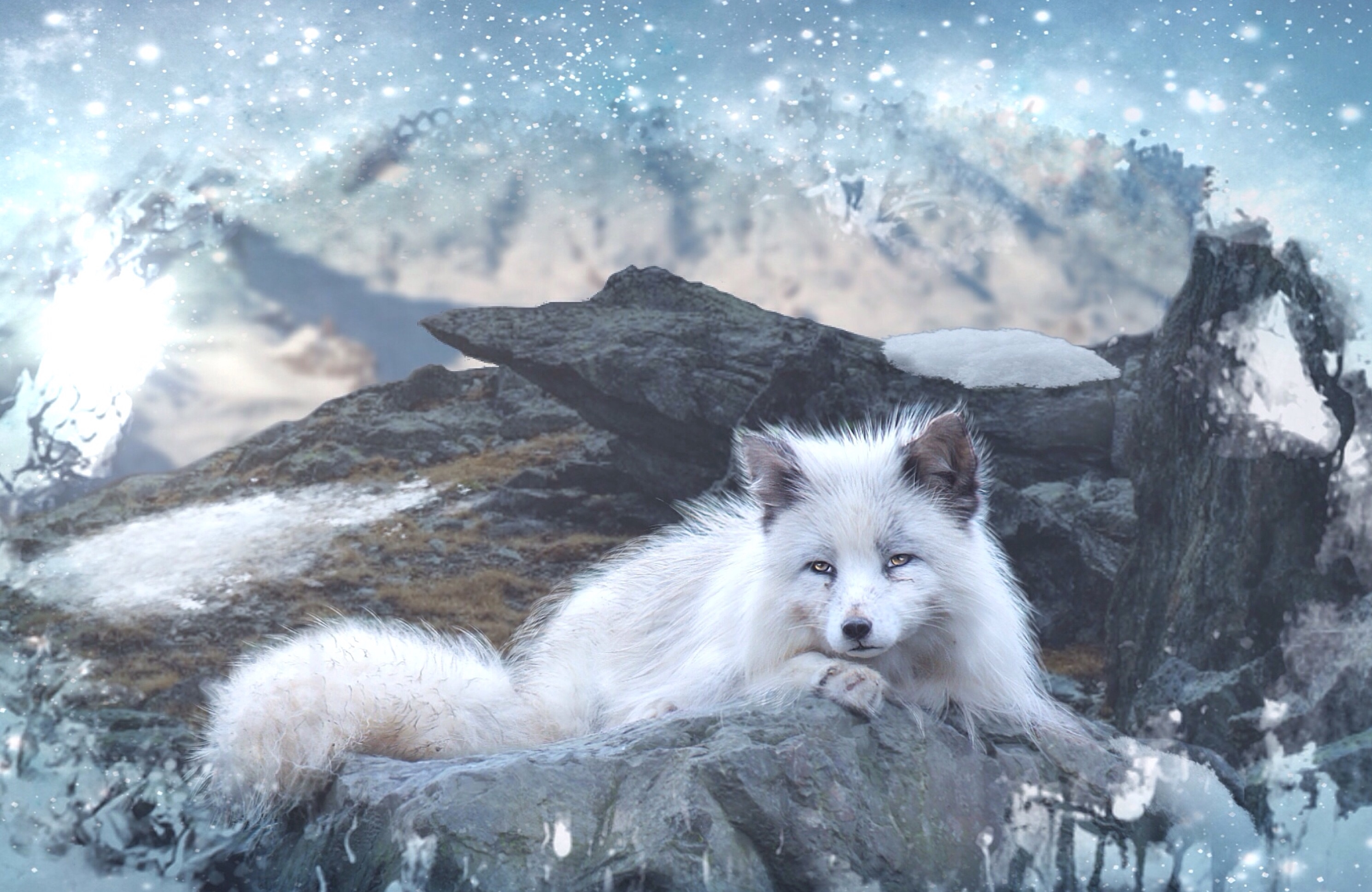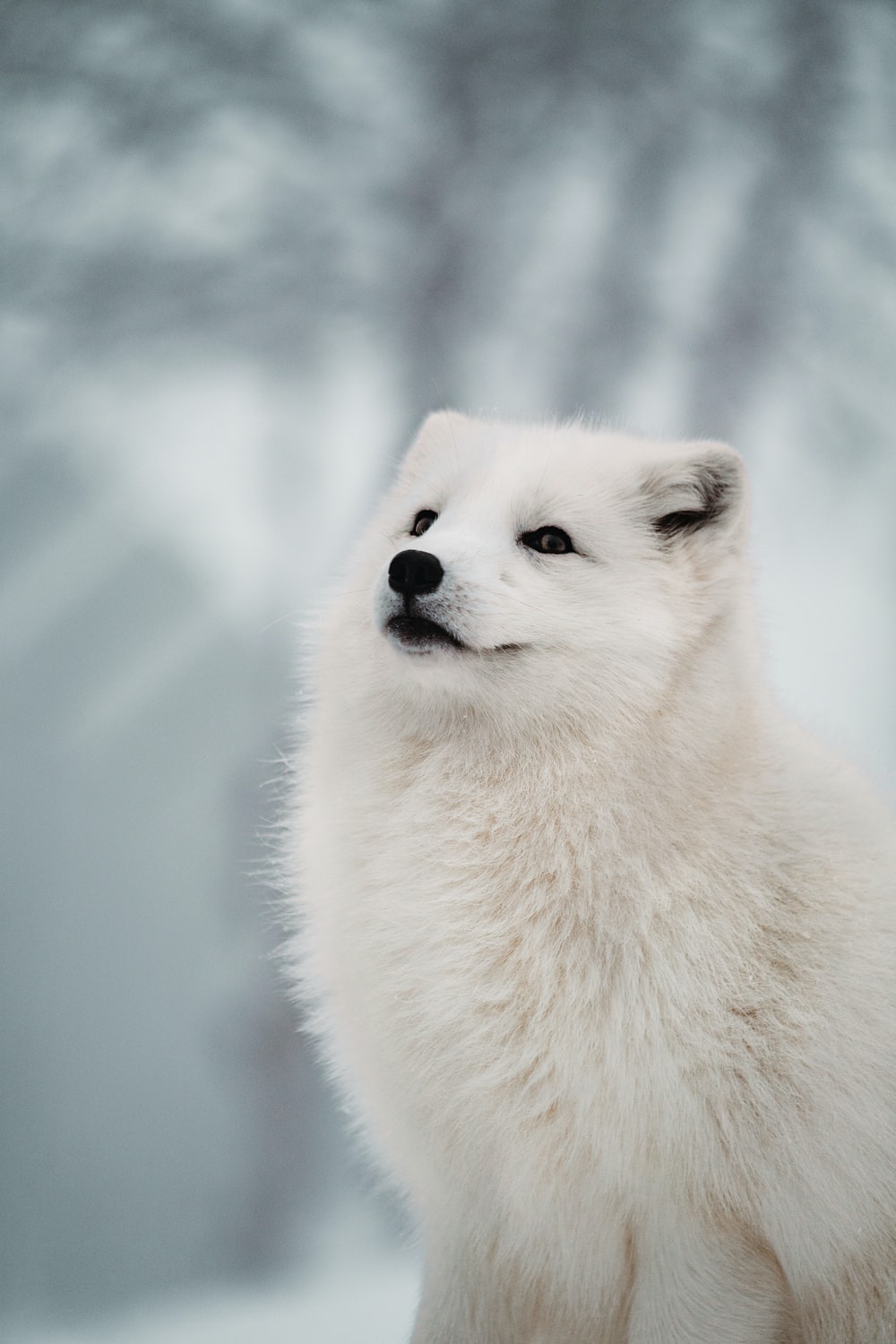The Arctic Fox: Nature’s Resilient Survivor

Introduction
The Arctic fox (Vulpes lagopus), known for its remarkable adaptability and stunning seasonal coat changes, is one of nature’s most resilient creatures. Inhabiting the harsh, frigid environments of the Arctic tundra, this small but resourceful predator has evolved a range of survival strategies that allow it to thrive in some of the planet’s most extreme conditions.

Physical Characteristics
Arctic foxes are well-adapted to their cold environment. They are relatively small, with a body length ranging from 18 to 27 inches and a weight between 6 to 17 pounds. Their most striking feature is their thick, insulating fur, which changes color with the seasons—white in the winter to blend with the snow, and brown or gray in the summer to match the tundra’s rocks and plants. This camouflage is crucial for both hunting and avoiding predators.

Diet and Hunting
These omnivorous creatures have a varied diet, feeding on lemmings, voles, seabirds, fish, and carrion. They are also known to scavenge leftovers from larger predators such as polar bears. During the summer, they supplement their diet with berries and seaweed. Their keen sense of smell and hearing allow them to locate prey beneath the snow, and they can dig through the snow to capture it.

Adaptations for Survival
The Arctic fox’s adaptations are a testament to nature’s ingenuity. Their paws are covered in thick fur to provide traction and warmth, while their small ears reduce heat loss. The fox’s short muzzle and legs also minimize exposure to the cold. During the harshest winter months, when food is scarce, Arctic foxes are known to follow polar bears and feed on their leftovers, demonstrating remarkable resourcefulness.

Reproduction and Lifecycle
Arctic foxes mate in early spring, and after a gestation period of about 52 days, the female gives birth to a litter of up to 14 kits in a den. These dens are complex, with multiple entrances and exits, providing protection against predators and harsh weather. The kits are weaned after about four weeks and leave the den at around three months old, though they stay with their parents until the fall.

Challenges and Conservation
While the Arctic fox is not currently endangered, it faces significant challenges. Climate change poses the most serious threat, as rising temperatures lead to habitat loss and altered prey availability. The shrinking ice cover also impacts their ability to find food, forcing them to compete with the larger red fox, which is moving further north as the climate warms.
Conservation efforts are focused on mitigating climate change and protecting Arctic habitats. Monitoring populations and studying their behavior and genetics are crucial for developing effective conservation strategies.
Conclusion
The Arctic fox is a symbol of resilience and adaptability. Its ability to survive in one of the world’s most unforgiving environments is a testament to the incredible adaptability of wildlife. As we continue to confront the challenges of climate change, the Arctic fox reminds us of the delicate balance of nature and the importance of preserving these remarkable creatures and their habitats for future generations.






